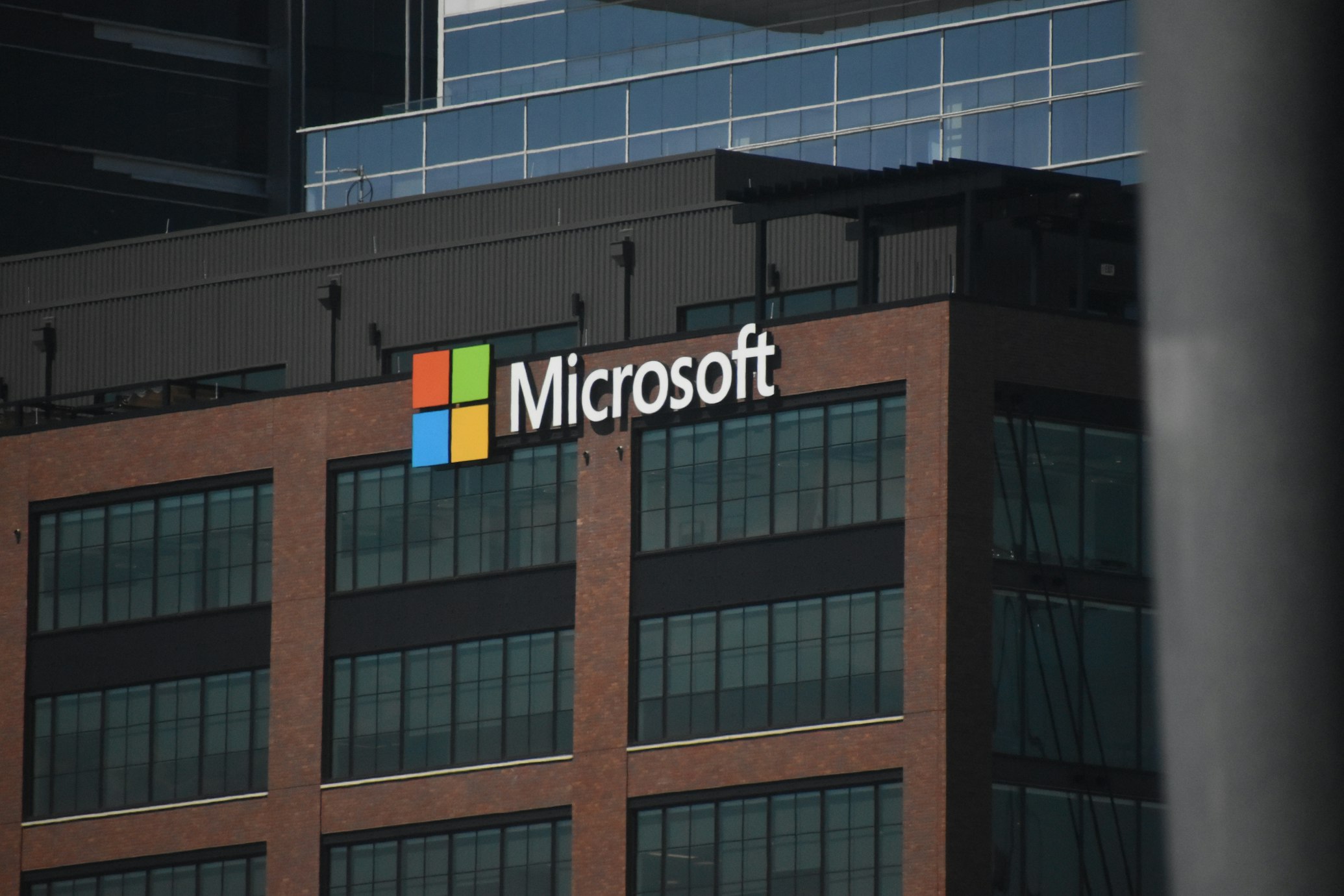Microsoft’s clean energy efforts can’t keep up with its data growth

Microsoft’s sustainability report, released recently, reveals a 23.4% increase in carbon emissions since 2020. Rapid data center expansion to support cloud and AI operations primarily drove this increase, challenging the company’s carbon reduction goals.
A Microsoft spokesperson stated, “We reflect the challenges the world must overcome to develop and use greener concrete, steel, fuels, and chips.” These materials, used in the construction of data centers, contribute significantly to the company’s Scope 3 emissions.
Scope 3 emissions, representing over 97% of Microsoft’s carbon footprint for fiscal year 2024, encompass emissions outside of the company’s direct control, including raw materials, transportation, and purchased goods and services. Capital goods and purchased goods and services account for approximately three-quarters of Microsoft’s overall carbon emissions.
Data center construction is a major contributor to Microsoft’s Scope 3 emissions. The steel used in these buildings relies on blast furnaces powered by fossil fuels, and concrete production involves a chemical reaction that generates carbon dioxide. Microsoft is investing in startups focused on decarbonizing steel and cement production.
Semiconductor lithography, a process dependent on chemicals with high global warming potential, contributes to carbon emissions embodied in computer chips. Hexafluoroethane, used in chip etching, has a global warming potential 9,200 times greater than carbon dioxide per ton.
Microsoft tests Copilot for Gaming in Xbox app for mobile devices
Microsoft’s spokesperson noted that locating data centers near abundant clean energy sources has presented challenges. This has led to reliance on purchasing zero-carbon electricity from elsewhere. “Our electricity consumption has grown faster than the grids where we operate have decarbonized,” the spokesperson said.
While Microsoft’s overall emissions decreased slightly from 2023 to 2024, the company aims to remove more carbon pollution than it generates by 2030. Achieving this goal requires cutting emissions by more than half and significantly increasing carbon-removal efforts.
Microsoft’s zero-carbon electricity portfolio currently has 34 gigawatts of capacity, and the company has recently invested in and purchased solar power. Additionally, Microsoft has signed large deals aimed at removing millions of metric tons of carbon.
